- 路 Microwave
- 路 Atmospheric Pressure Microwave 路 Pressure Microwave 路 Parallel Microwave
- 路 Ultrasonic 路Low Temperature Ultrasound
- 路 Ultraviolet Light
- 路 Microwave Heating 路 Atmospheric Pressure Synthesis 路 Atmospheric Pressure Catalysis 路 Atmospheric Pressure Extraction
- 路 Sample Preparation 路 Microwave Digestion
- 路 Soil Digestion 路 High Pressure Synthesis
- 路 Solid Phase Synthesis
- 路 Organic Synthesis
- 路 Ionic Liquid Synthesis
- 路 Degradation Of Natural Organic Matter
- 路 Natural Product Extraction / Purification
河北祥鹄科学仪器有限公司
Fast and large capacity Sodium Ion Storage of defect-rich soft carbon porous Nanochips
This paper, by a researcher from the key Laboratory of Advanced Materials Synthesis Technology of Wuhan University of Technology, discusses the microwave synthesis of defective soft carbon porous nanochips with rapid and large capacity sodium ion storage, and is published in Adv.EnergyMater. The influencing factors in 2018 were 21.875.
In recent years, the research work of microwave chemical instrument used in the synthesis of materials has become a hot direction of scientific research, which has been paid great attention to by many scholars!
As the anode of the rocking cell, the soft carbon has the characteristics of low cost, adjustable layer spacing and good electrical conductivity. However, since the formation of the sodium intercalation compound is difficult, it does not exhibit good performance in the storage of sodium ions.
In this paper, microporous soft carbon nanochips were prepared by microwave induced spalling from a traditional soft carbon compound, which was prepared by pyrolysis of 3、4、9、10-methylene tetracarboxylic anhydride. The synergistic effect of micropores and defects at the edge resulted in the enhancement of the storage kinetics of sodium ions and the increase of the storage centers of sodium ions, which increased the storage capacity of sodium ions from 134 mAh/g to 232 mAh/g, and increased the capacity of sodium ions from 1000 mAh/g to 103 mAh/g.
In addition, the mechanism of capacitance-dominated sodium ion storage was determined by kinetic analysis. By in situ X-ray diffraction analysis, it was found that sodium ions were inserted into the graphite layer for the first time. In addition, the prepared nanoparticles can be used as excellent anode for potassium ion storage (reversible capacity 291mAh/g) and double ion full battery (the average working voltage of the battery is 61 mAh/g, the horizontal capacity is 4.2 V). These characteristics represent the potential of soft carbon to achieve high energy, high rate and low cost energy storage systems.

Fig.1/4↑

Fig.2/4↑

Fig.3/4↑

Fig.4/4↑
Microporous SC-NSS is successfully developed by a simple microwave assisted exfoliation process. Structural analysis shows that the specific surface area of graphene layer edge (from 19.1~471.2 m2g-1), pore volume (more than 100 times) and good defects can be improved obviously.
Kinetic analysis and in situ XRD test confirmed the capacitance-dominated storage mechanism of sodium ions. Because of its good electron / ion dynamics and extra storage sites, Sc-NS has a high specific capacity (232 mAh-g-1) and a good rate performance (103 mAh g-1) at 1000 mA(-1) sodium ion storage condition. In addition, SC-NS can be used as a high performance anode for PIBs (the reversible capacity is 291 mAh g-1 and the rate capacity is 117 mAh g ~ (-1) when the current density is 2400 mA g(-1) and dibs (the cell level capacity is 61 mAh g(-1). The average voltage is 4.2 V).
The paper may lead to a promising method of using a soft carbon nanosheet to achieve high energy and high rate energy storage devices.
Microwave synthesizer (XH-300Ul+, Beijing Xianghu Science and Technology Development Co., Ltd) was used to heat the reaction mixture at a constant microwave power of 300W for 5 min.








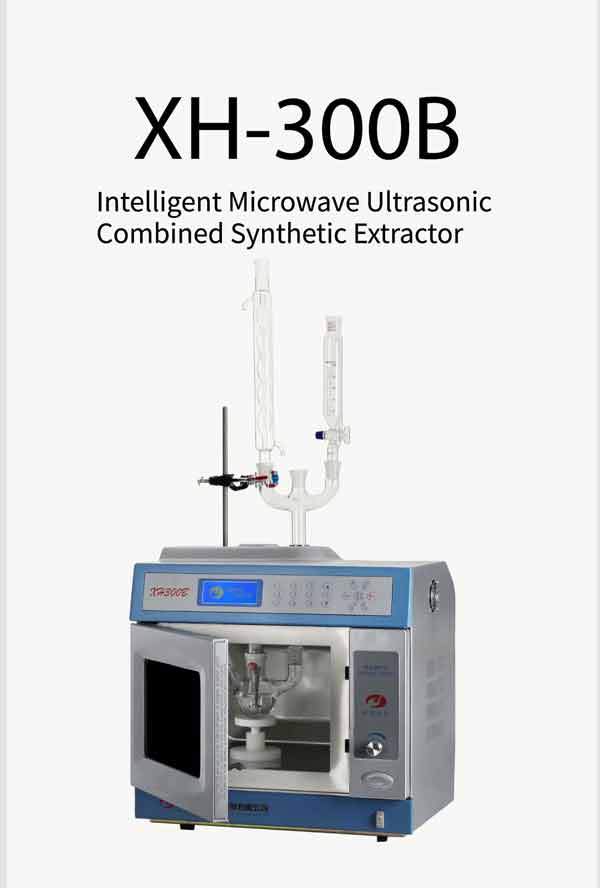

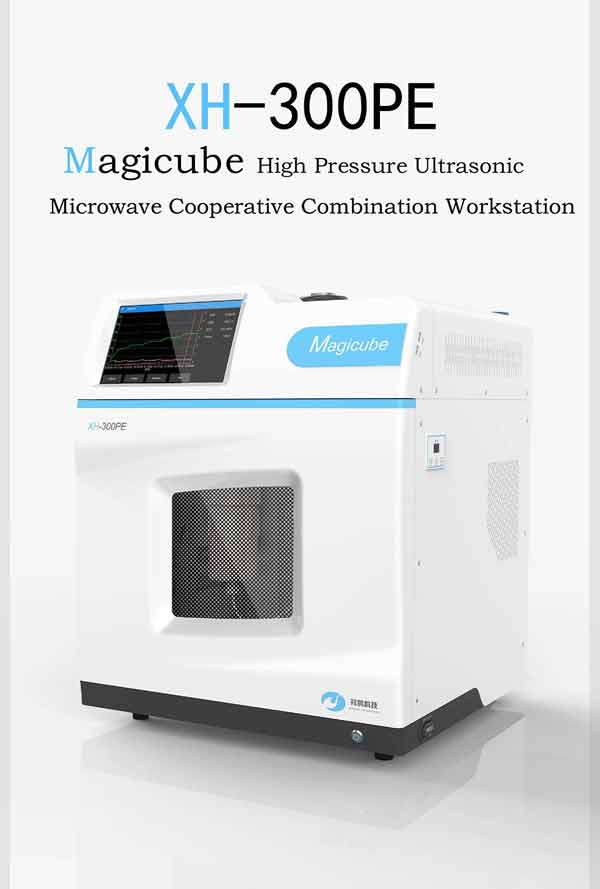
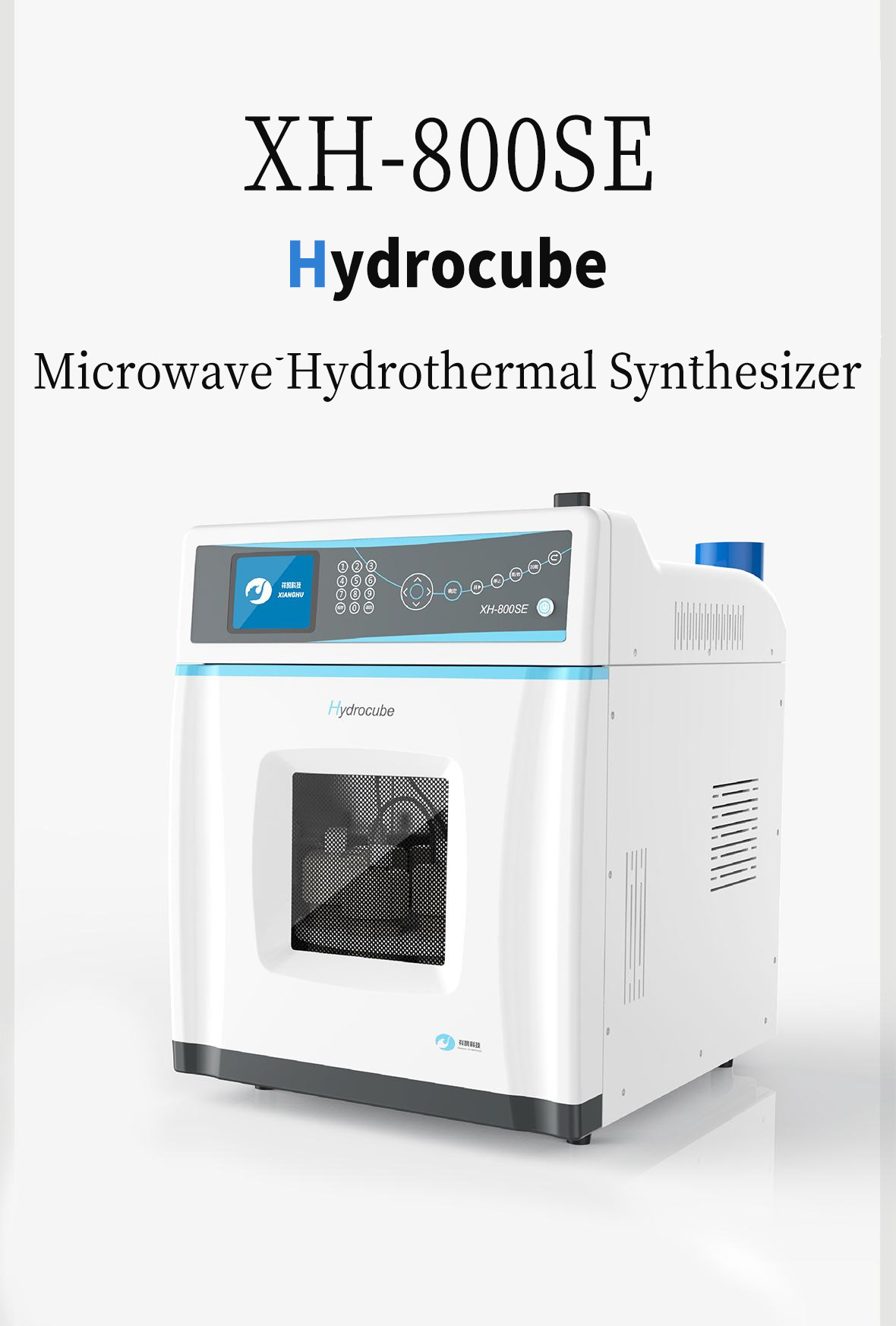
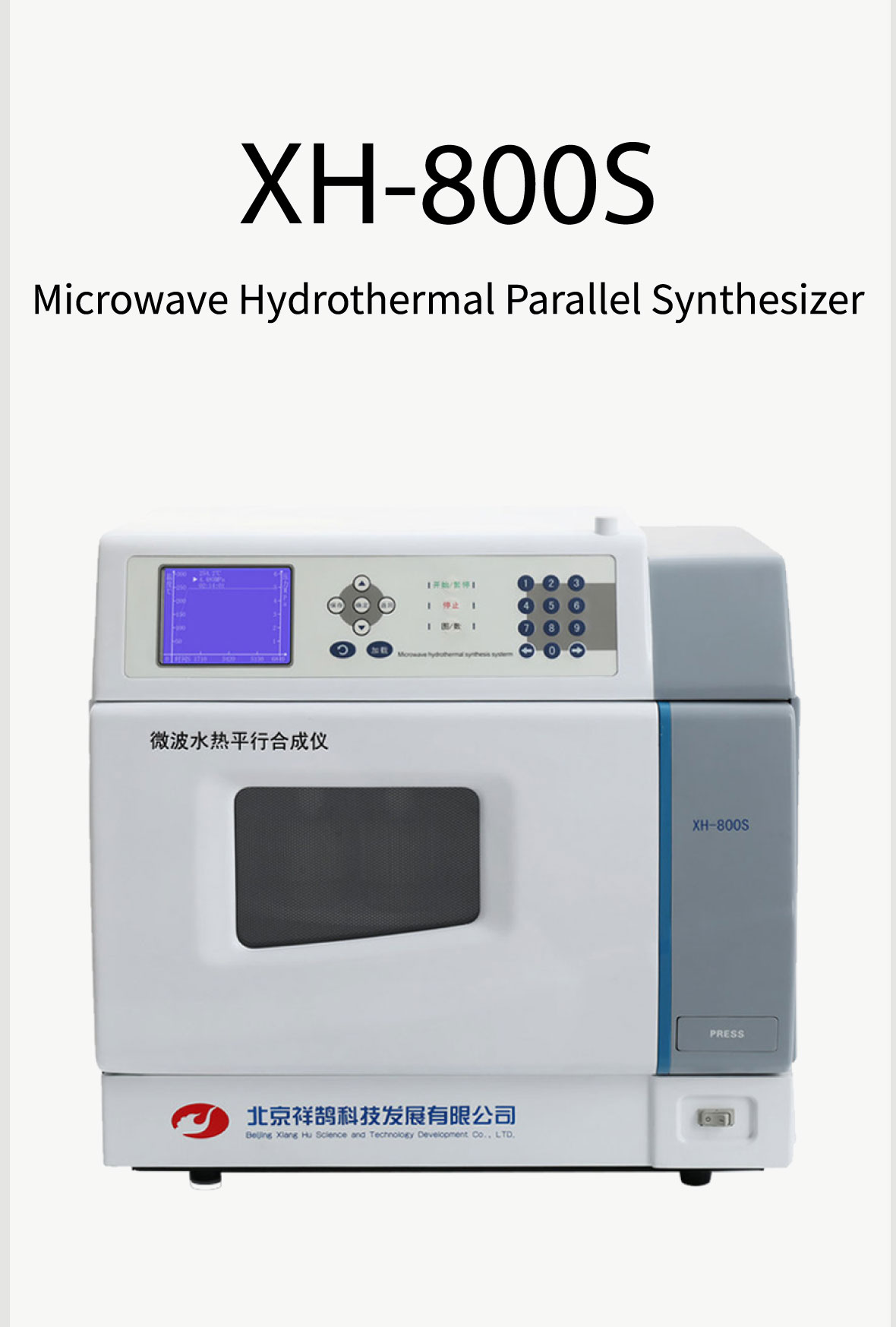
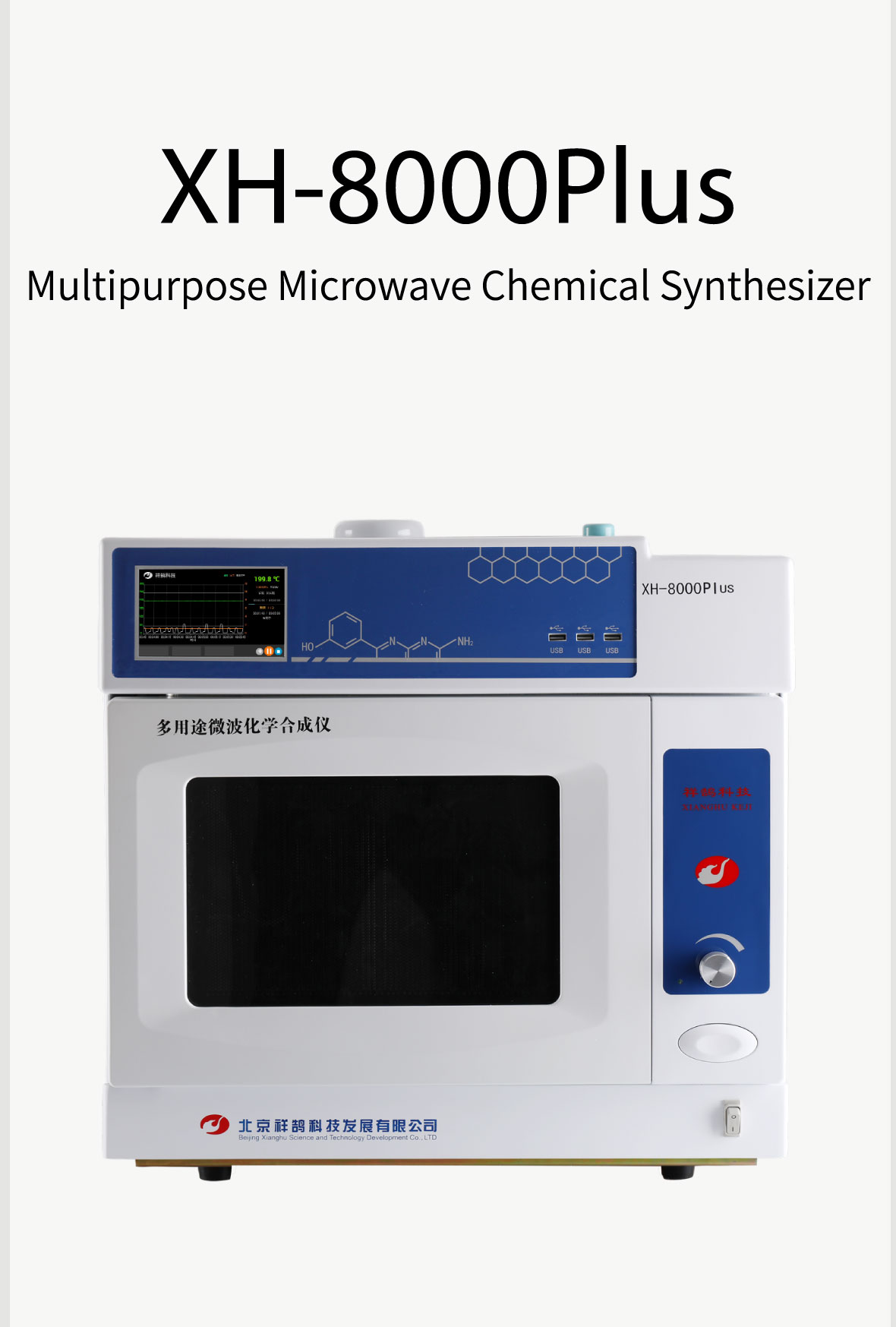
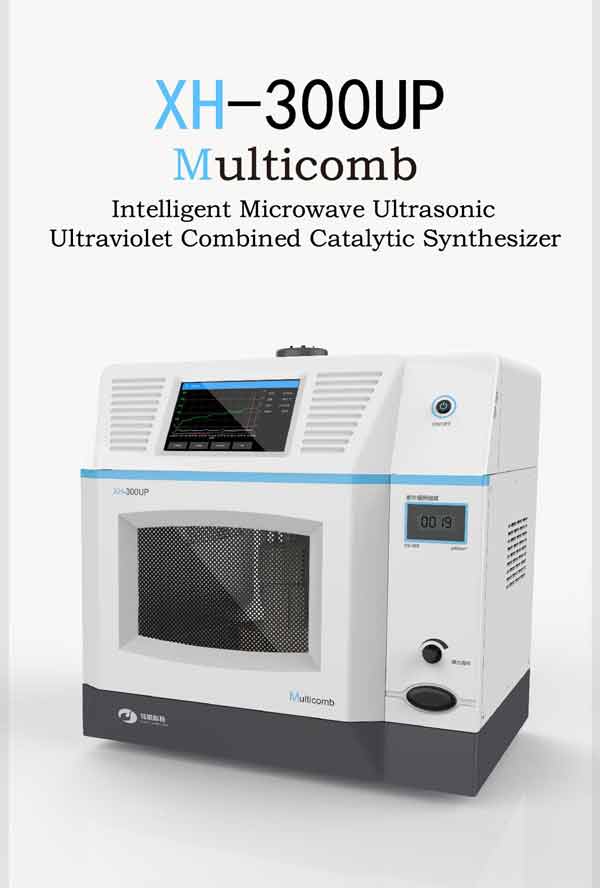
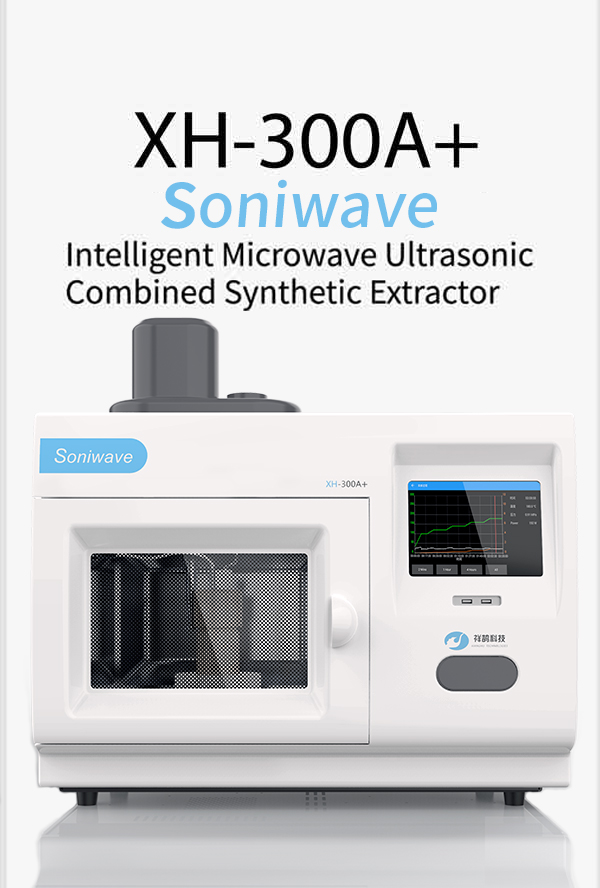

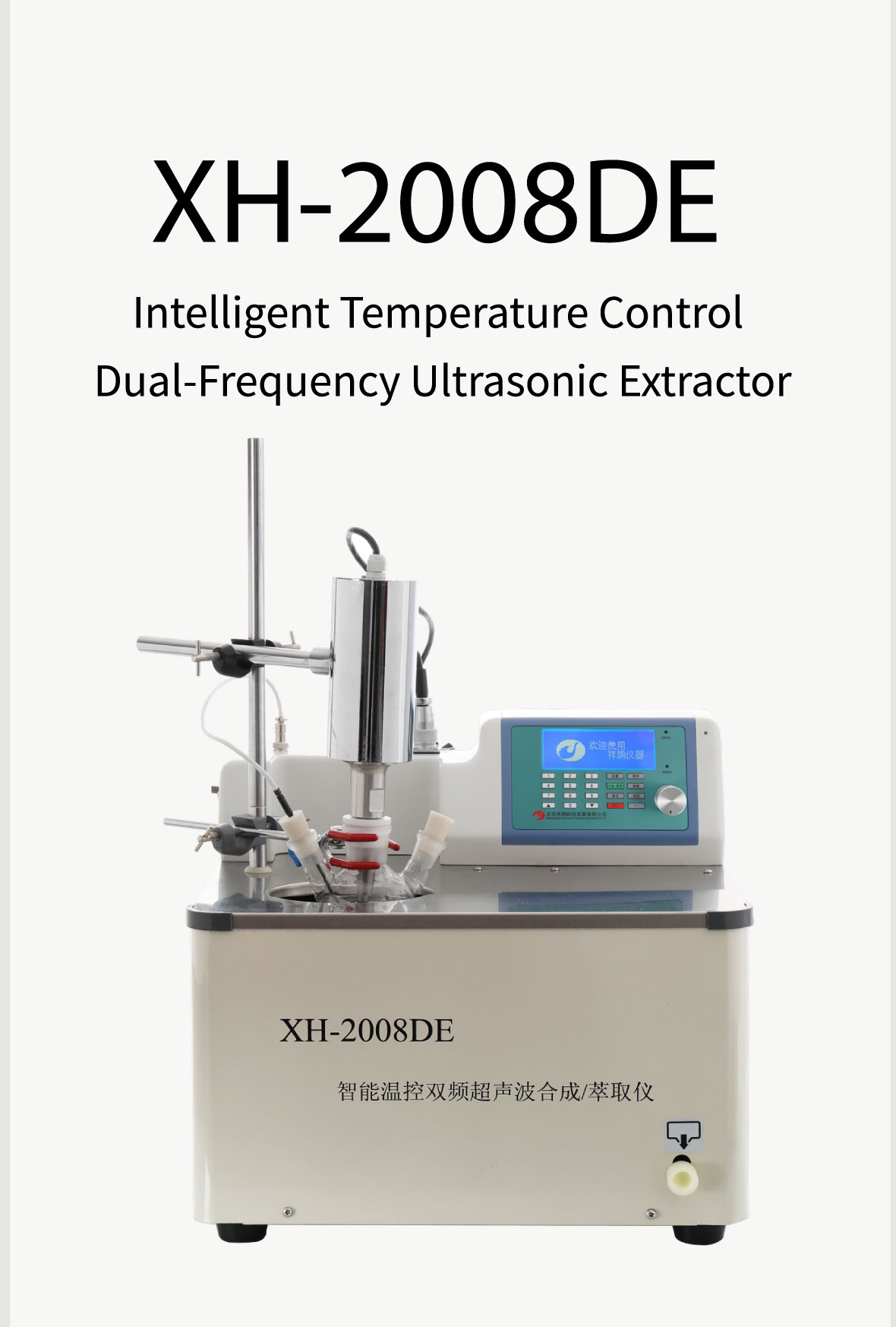



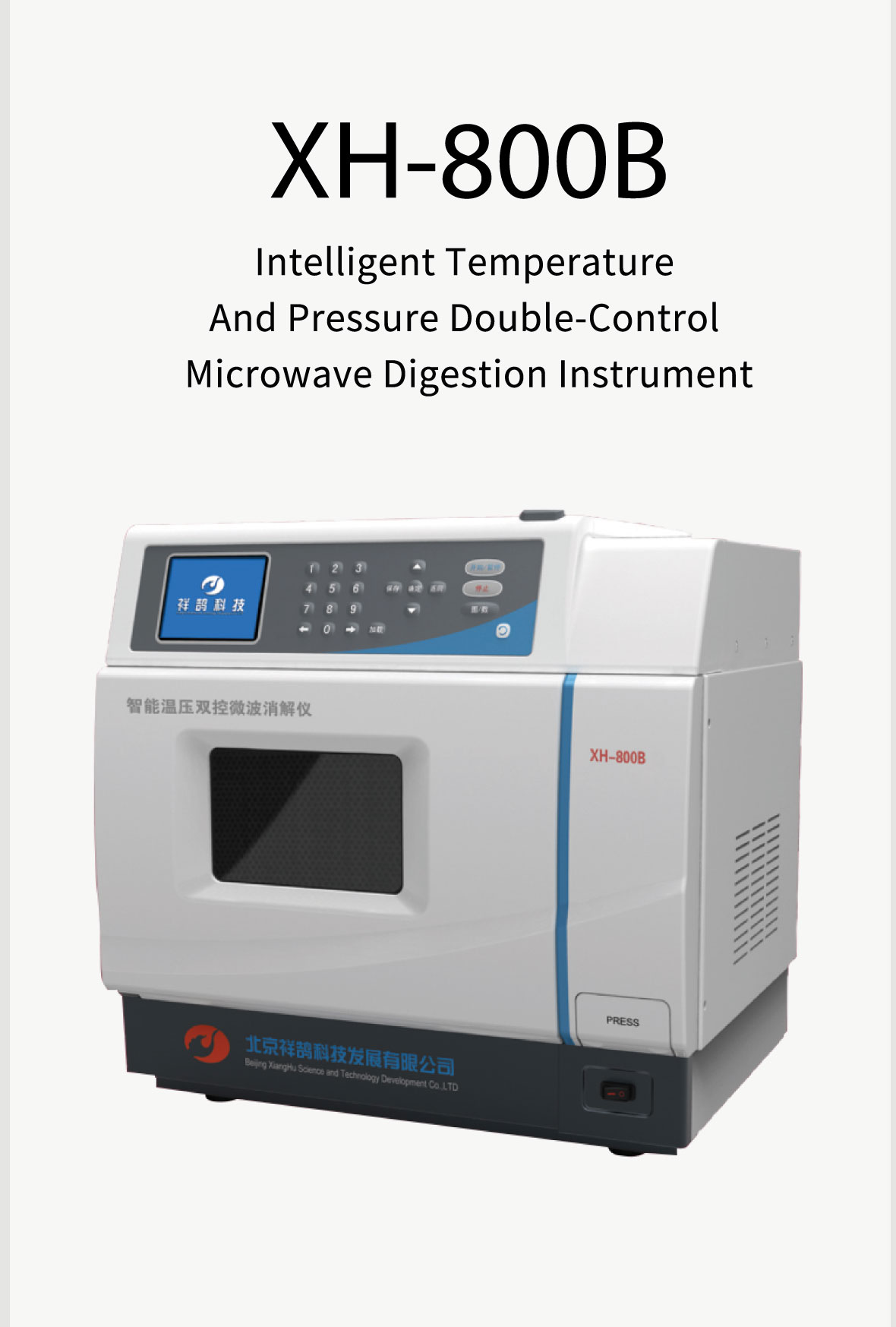

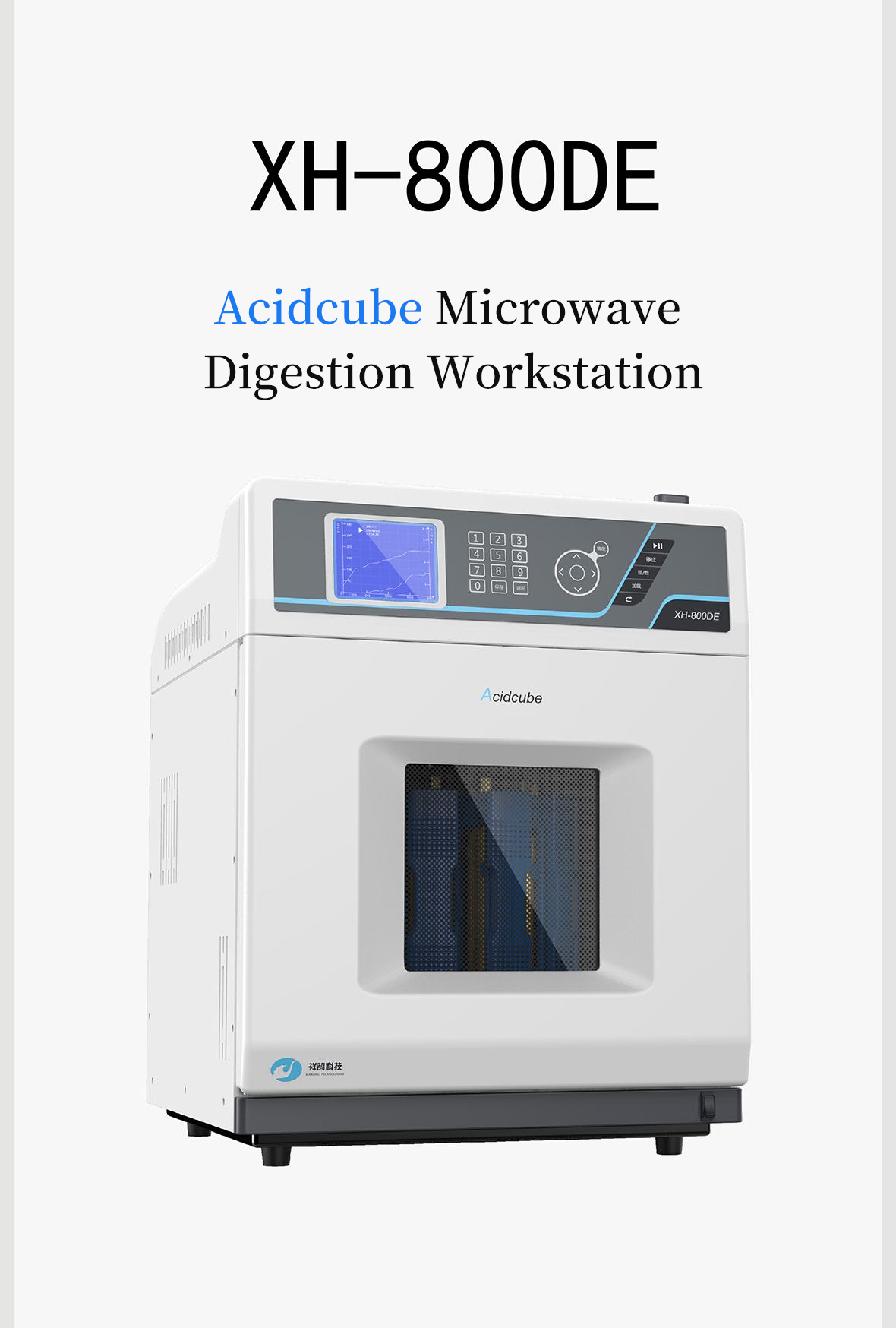

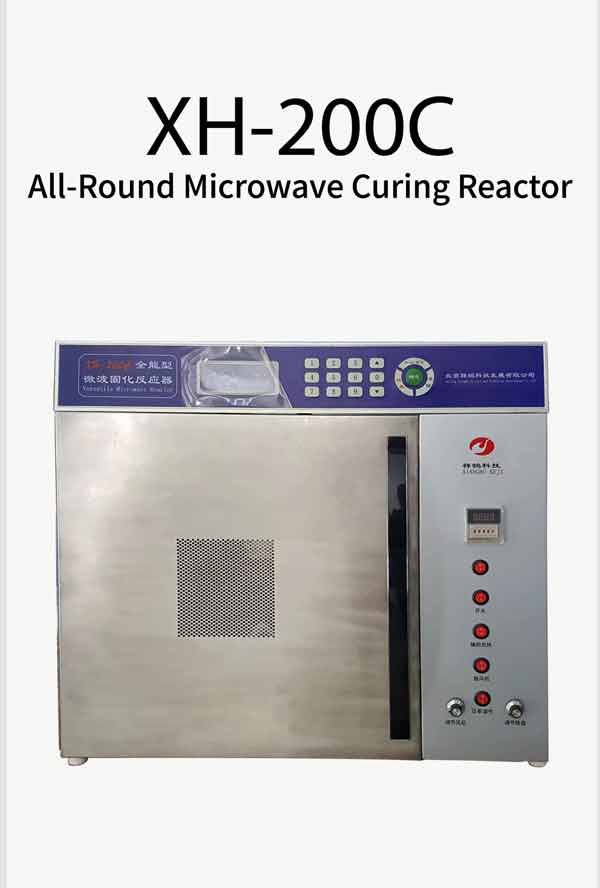
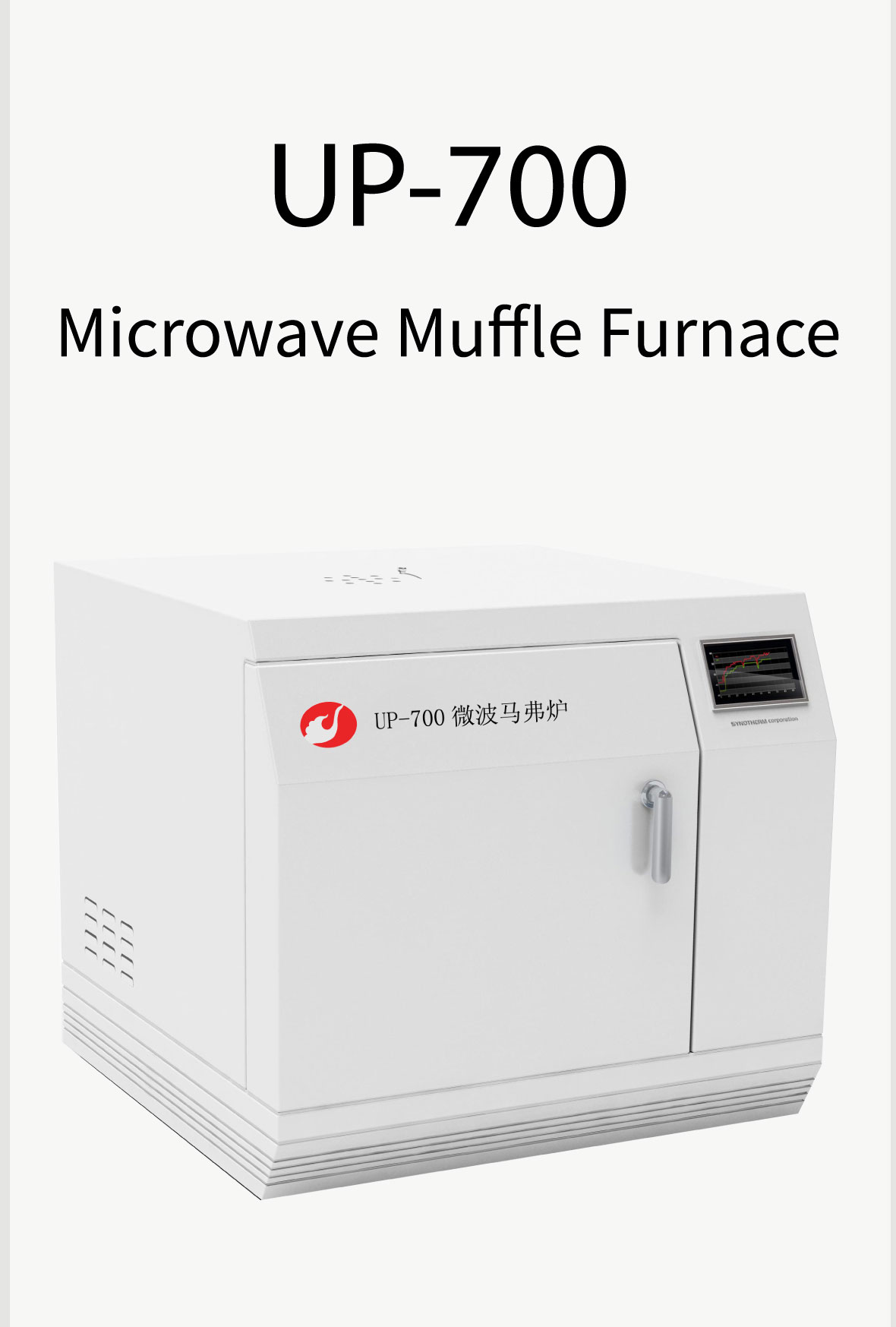

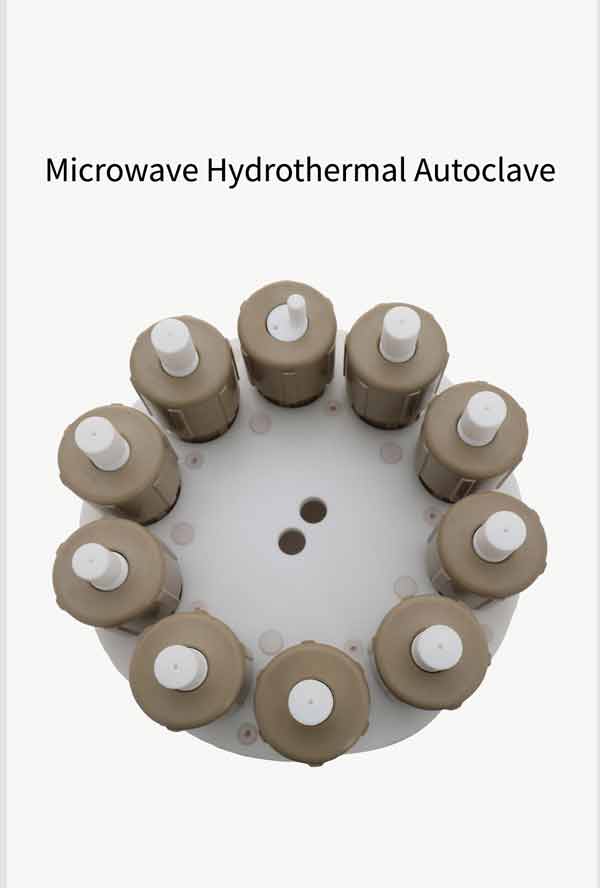




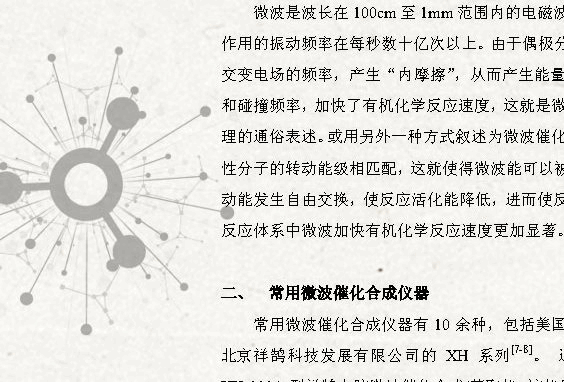

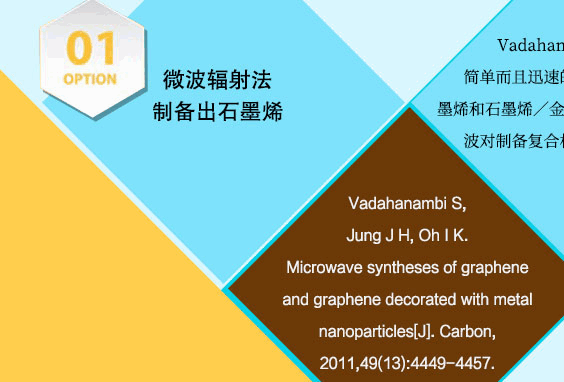



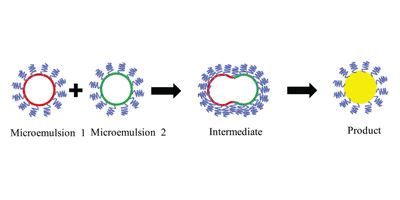
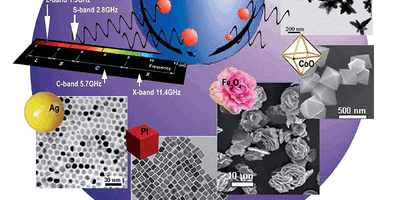
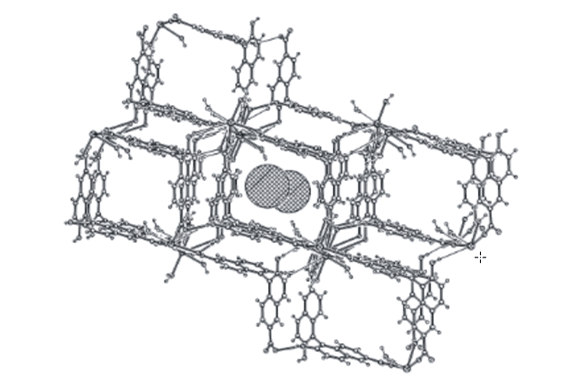
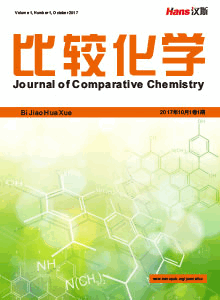
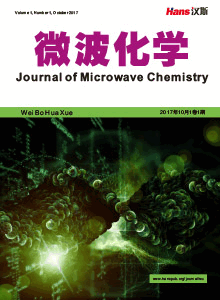





 京ICP备15050585号
京ICP备15050585号

